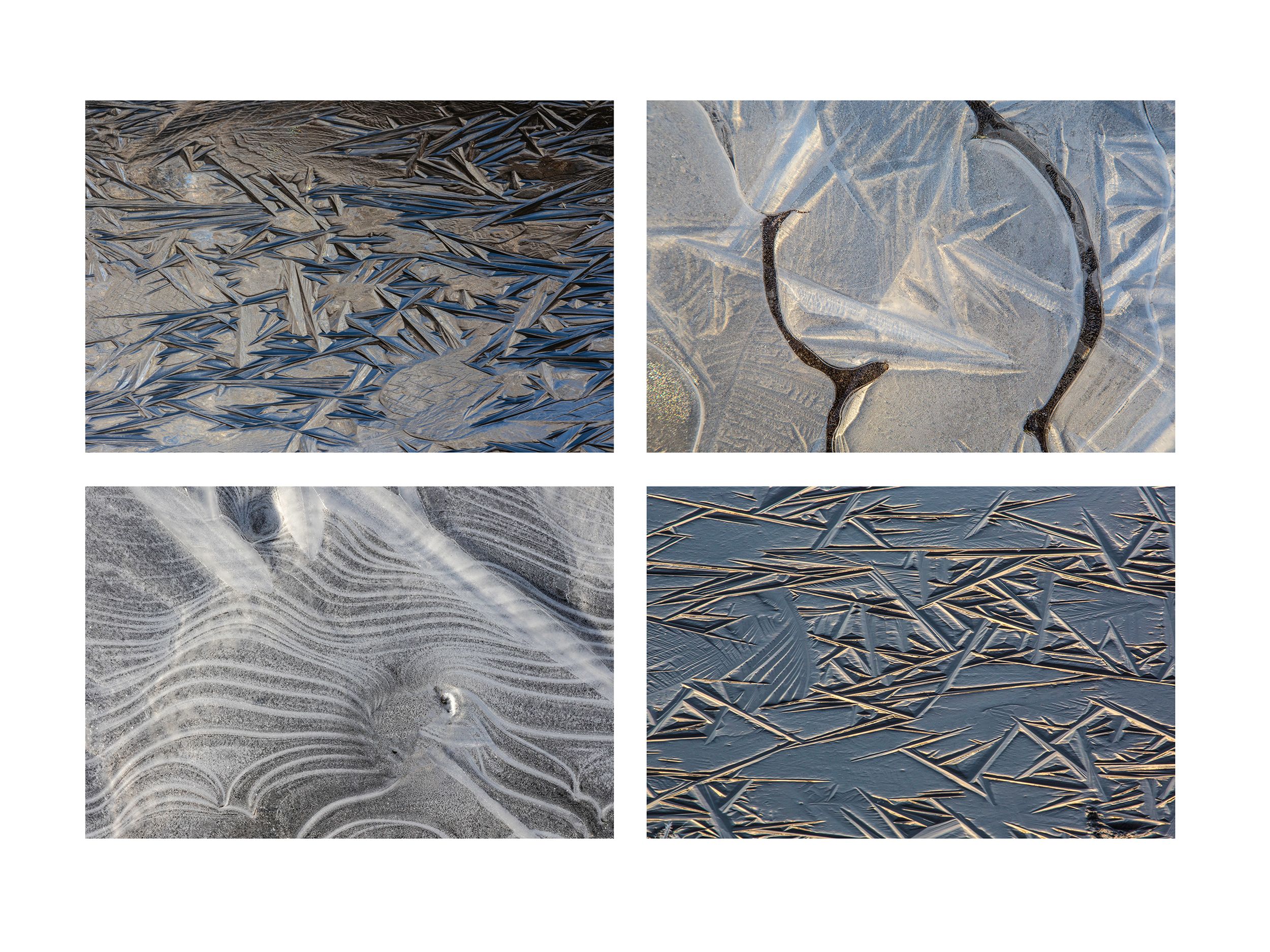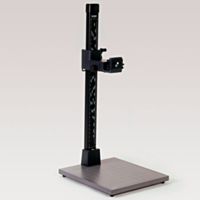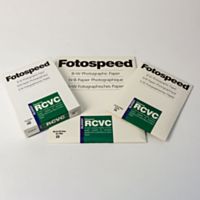THE INTIMATE LANDSCAPE 4 : “The Beauty of ICE”
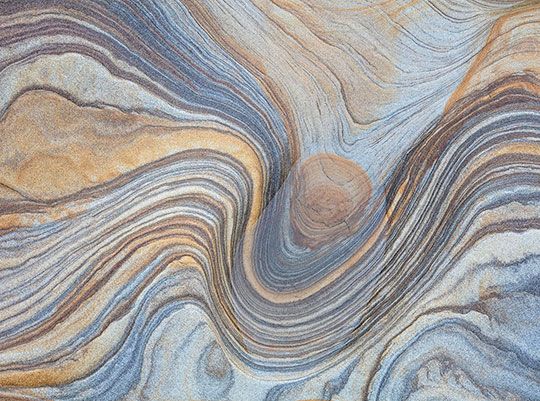


When I first started my interest in photography, one of the most valuable pieces of advice I received was from a more experienced colleague from my local camera club. He suggested that I imagine walking down the high street, and then he challenged me with the question, “what would I photograph?” I would be confronted with people passing by carrying shopping, parked cars on the side of the road, mannequins appearing in shop windows; somehow there is so much visual stimuli it is almost impossible to decide. But once you choose a single issue, for example reflections, suddenly your brain becomes much more focused and you begin to identify very personal photographic opportunities.
This notion of course also applies to “the intimate landscape”. As autumn slowly gives way to winter we begin to experience much colder mornings, which is when we see evidence of ice in the road, in parks, or in woodland. It can be so commonplace that it is easily ignored, but when you examine it carefully it can reveal an awesome beauty.
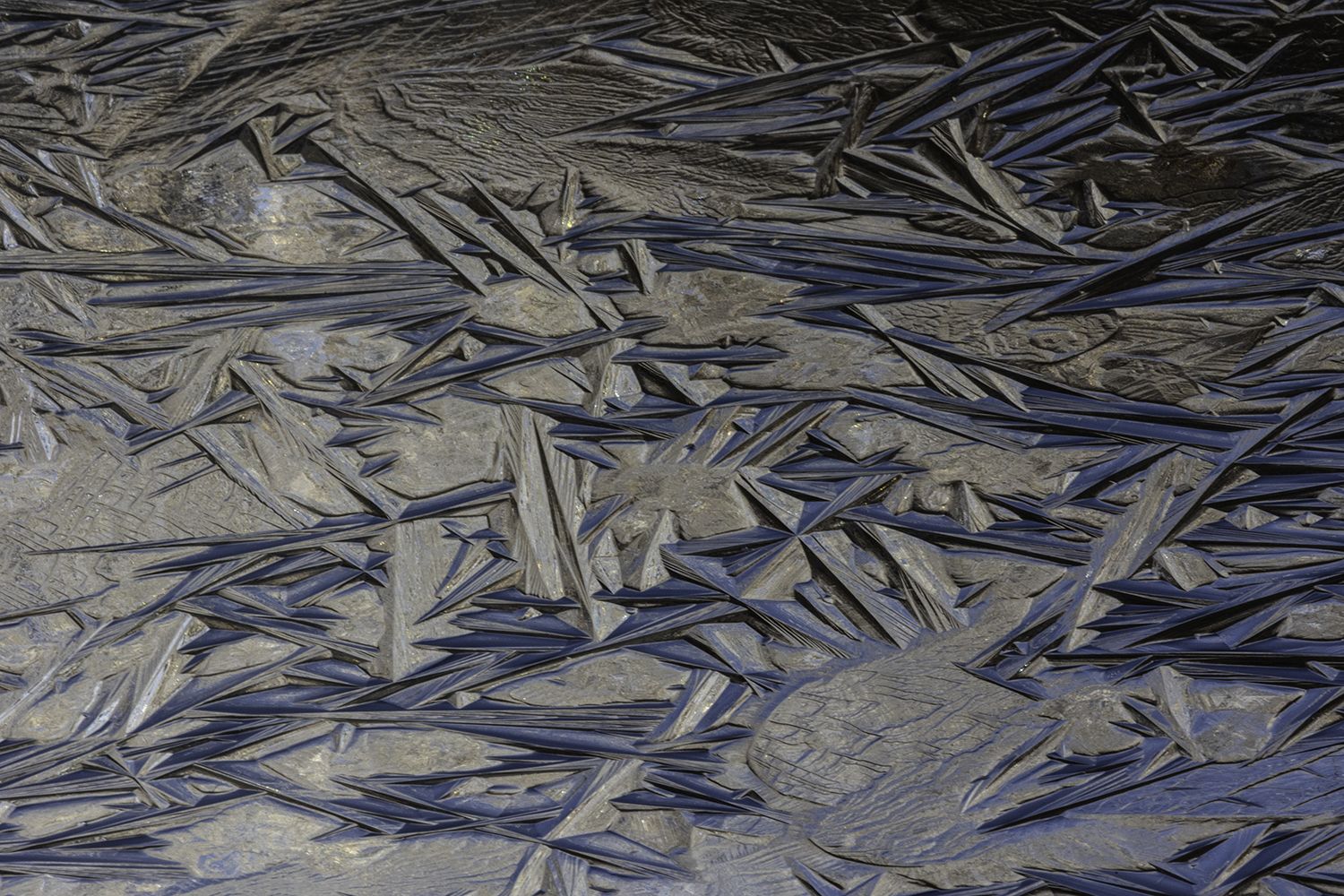

It is too easy to imagine ice as something that is entirely flat and relatively colourless, but the secret is to capture it early in the morning. Much later of course it is likely to melt, but is always appears considerably more interesting just as the first rays of light appear above the horizon. At that time of the day the light is extremely directional and is capable of illustrating very subtle variations in the texture of the ice. In this case the light is coming from my right, therefore any fragments of ice slightly angled to the right appear golden, whilst those parts angled to the left remain stubbornly blue. When photographing ice I generally find using a long-angle lens works best. Timing is crucial; within just 30 minutes or so the wonderfully “sculptural” nature of the ice is quickly lost as indeed as the beautiful colours, as the sun steadily rises.


Winter tends to be a rather damp time of the year, which results in lots of “informal” streams forming throughout the landscape. Once again these are features that are easily overlooked, but viewed before the ice begins to melt and they can provide a rich source of photography. In common with the first illustration, it is best to capture these moments at the cusp of day-break in order to fully maximise the textural qualities. From an aesthetic standpoint as the subject tends to reveal an astonishing amount of detail, keep your design as simple as possible. The simple curve in the stream is quite sufficient. This was taken in my local forest near Wareham in Dorset.
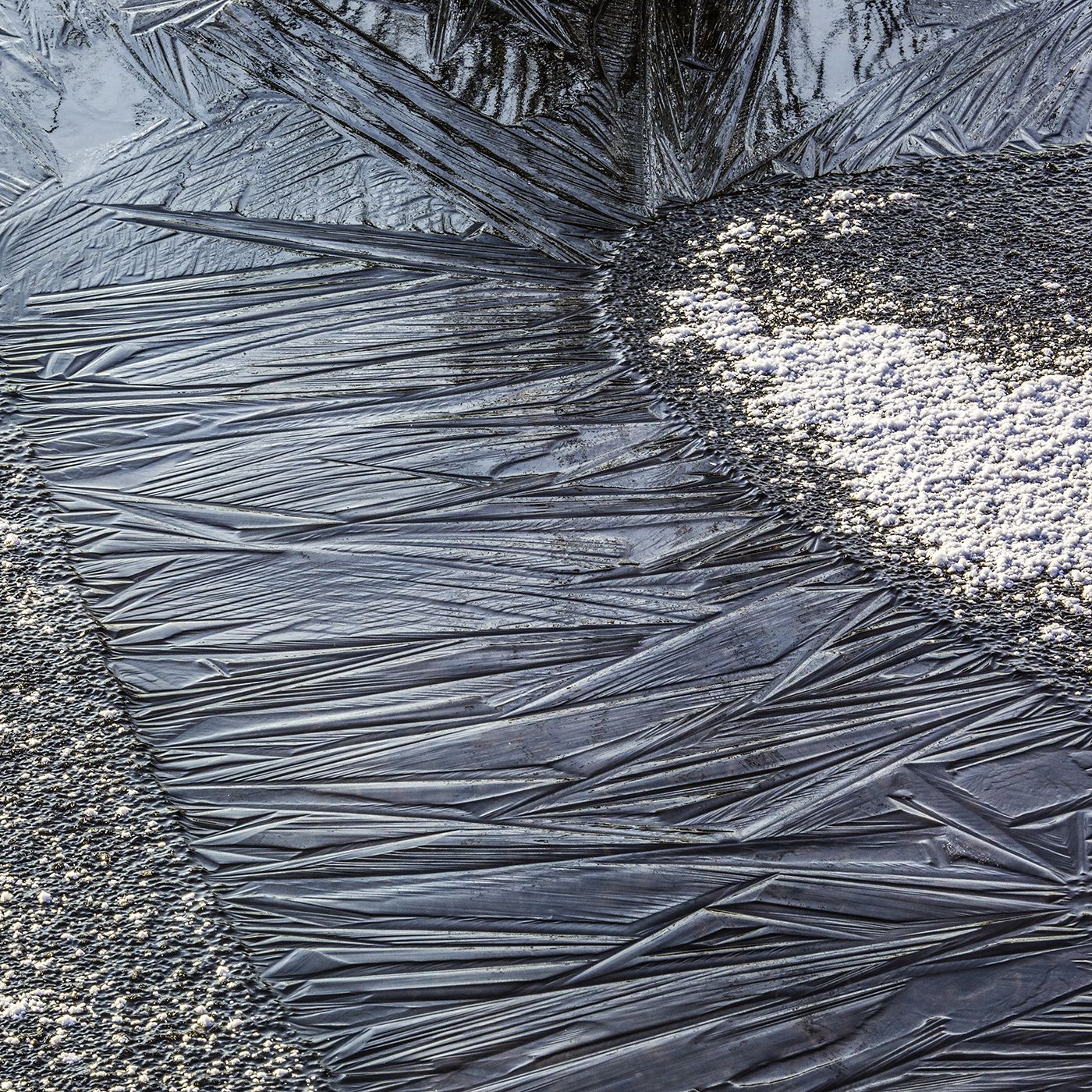

This image was also taken in Wareham Forest, a landscape which is littered with numerous seemingly inconsequential ponds, (a subject that will feature in my next blog in this series). It is another example where I have purposefully used the first rays of dawn light to illuminate the tuft of reeds marooned in the middle of this pond. The visual impact of the bright orange set against the cool blue is what gives this image its distinct character; orange and blue of course being opposites on the “colour wheel”. It hopefully illustrates how the “unexceptional” can appear genuinely interesting if caught in the right light. It is another example of where I have used a moderately long lens.
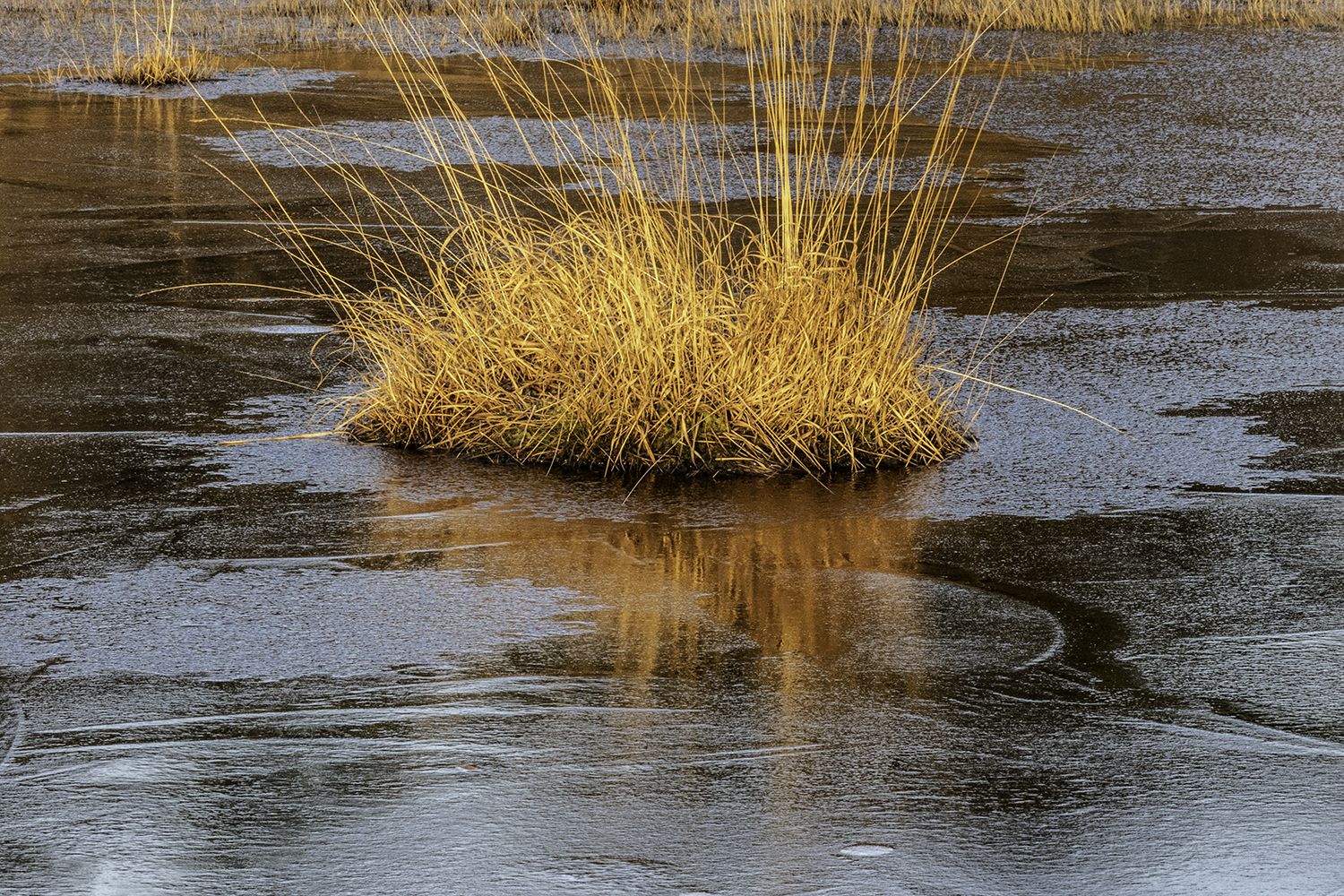

This final shot was also taken on the outskirts of the town where I live. One of the lessons of photographing the “intimate landscape” is to appreciate your immediate environment, and to respond to its changing weather patterns. There is a short causeway linking Wareham with a small village half a mile away which normally is fully drained, but occasionally it floods, especially in winter, and even more rarely it freezes over. Clearly this had been taken on a particularly cold day as this shot was taken in the evening. Turning my back on that part of the part of the sky where the sun had set, I was able to capture the “Venus belt”.
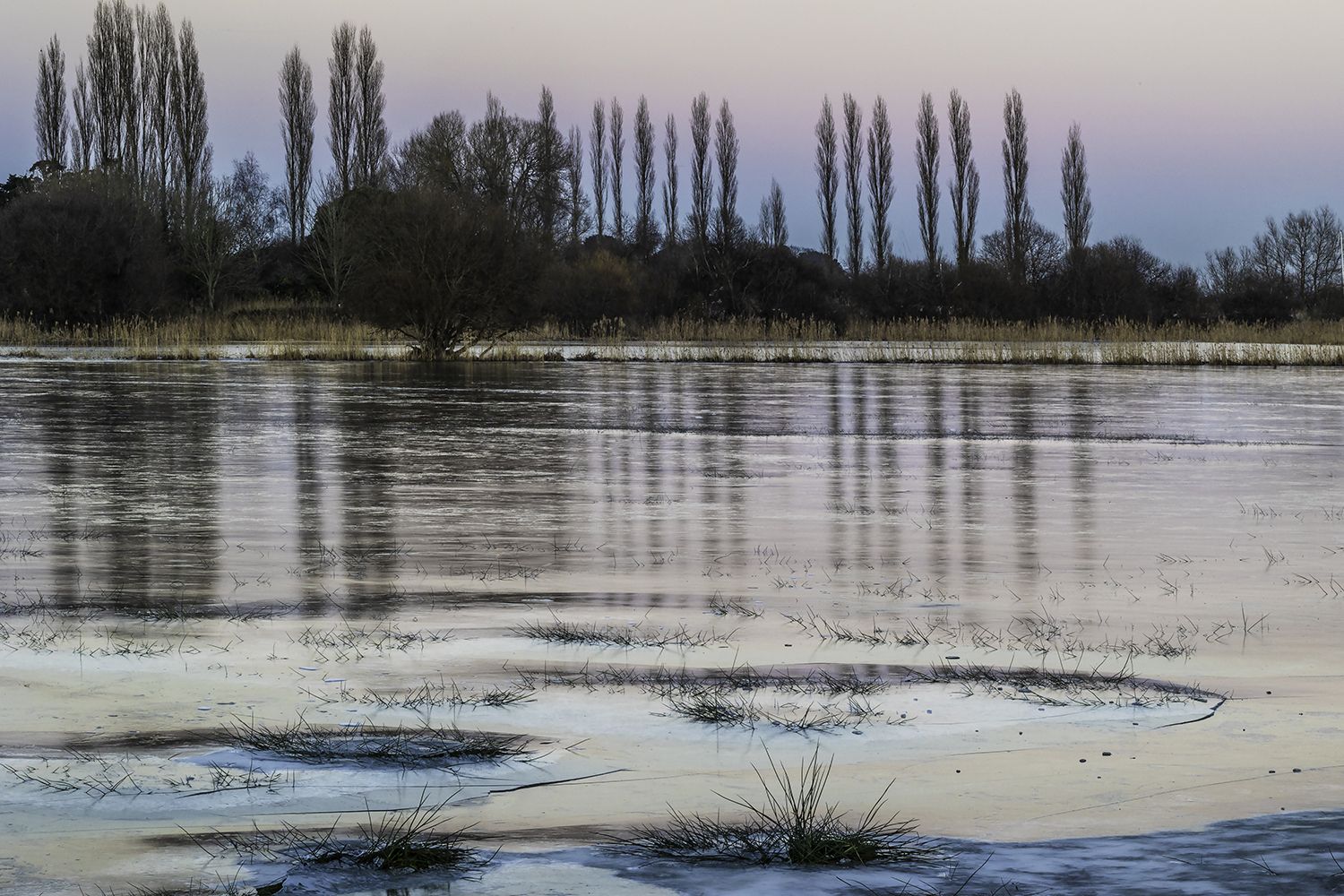

Something you may wish to consider is grouping a set of highly related images together; printed onto an A3, ( or dare I suggest an A2 sheet ) and the final result can look absolutely spectacular.
